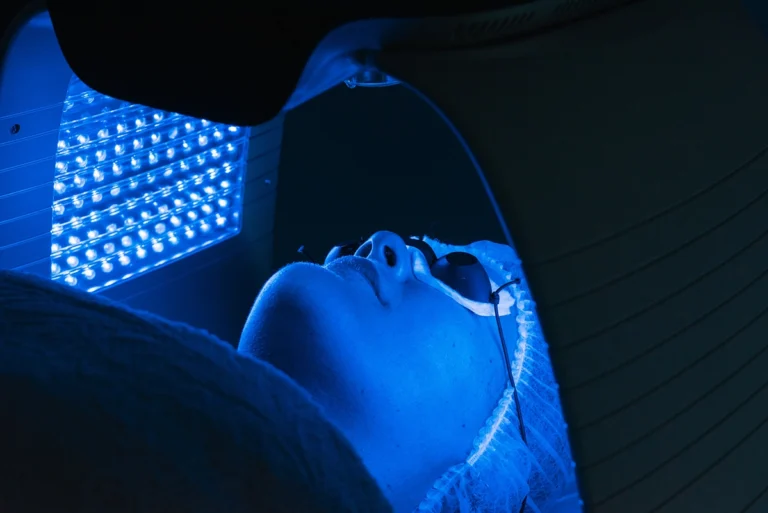
If you’re facing a skin cancer diagnosis, you undoubtedly have many troubling questions running through your mind, including: “Can non-melanoma skin cancer be fatal?” and “Is non-melanoma skin cancer deadly?” These concerns are valid—after all, skin cancer is the most common form of cancer globally.
According to the American Cancer Society, millions of basal cell and squamous cell skin cancers are diagnosed annually in the U.S. Fortunately, these cancers are highly treatable and rarely fatal when detected early.
What is Non-Melanoma Skin Cancer?
Non-melanoma skin cancer typically includes:
- Basal cell skin cancer: found in the lower layers of the epidermis
- Squamous cell skin cancer: found in the outermost sublayer of the epidermis
Knowing the differences between basal cell and squamous cell skin cancer can help you understand your treatment options, but both see extremely high cure rates.
Is Non-Melanoma Skin Cancer Dangerous?
Many patients wonder how dangerous is basal cell skin cancer or what happens if skin cancer goes untreated.
While basal cell skin cancer grows slowly and rarely spreads, squamous cell skin cancer carries a higher risk of metastasis, the process by which cancer cells spread to other parts of the body. Untreated, both can lead to severe health complications.
How Fast Can Basal or Squamous Cell Cancer Spread?
Basal cell skin cancer typically stays localized, but if ignored, it can invade surrounding tissues and cause disfigurement.
Squamous cell skin cancer grows faster and has the potential to spread to lymph nodes or internal organs, especially if it’s not detected early.
What Happens If Non-Melanoma Skin Cancer Goes Untreated?
If you leave non-melanoma skin cancer untreated:
- Lesions may grow deeper into muscle and bone
- Ulceration, bleeding, and infection may occur
- Risk of disfigurement and metastasis (the spread of cancer to other parts of the body) increases significantly
How Deadly is Skin Cancer?
It’s normal to be upset after receiving a cancer diagnosis, but statistics show that while you can die from skin cancer, it is highly unlikely. According to Cancer.net, common skin cancer deaths have been declining over the past several years. Of the millions of people diagnosed with skin cancer every year, deaths are not common, with the five-year survival rate for basal cell near 99%.
The low fatality rate for common skin cancer is due to:
- Slow growth: Most common skin cancers progress at a very slow rate, and rarely spread to other areas of the body.
- Easy detection: Because these cancers are on the topmost layers of the skin, they are more easily found during regular screenings.
- Low relapse risk: After the proper treatment, it is less likely these skin cancers will reappear once eradicated.
- Effective treatment options: People with skin cancer benefit from many treatment innovations, including surgery, topical therapies, and X-ray energy therapies, such as Image-Guided SRT.
How Does Skin Cancer Kill You?
Melanoma can spread quickly to internal organs and become life-threatening, but it’s not the only type of skin cancer that can be deadly. Basal cell and squamous cell skin cancer both have the propensity to be deadly if they’re not caught in time. Between the two, squamous cell skin cancer is more likely to spread. About 95 percent of squamous cell skin cancers are detected early, but the remaining 5 percent advance to a point where they’re more difficult to treat.
Advanced squamous is rare, but can be life-threatening. When squamous cell skin cancer becomes advanced, it has spread aggressively or has resisted treatment. When a person has advanced squamous cell skin cancer, they’ll have:
- Locally advanced squamous cell skin cancer with lesions that have grown deep into the surrounding tissues, nerves, and muscles. This can cause disfiguration.
- Metastatic squamous cell skin cancer with lesions that have spread far beyond the original skin cancer area to other parts of the body. This can be life-threatening.
What Factors Impact Skin Cancer Survival?
There are many factors that impact a person with skin cancer’s survival rate, including:
- General health history: Your age, gender, race, and pre-existing conditions could all have an effect on your cancer’s progression.
- Where the cancer is located: Some areas may be more difficult for you to detect changes in your skin’s appearance, such as your backside. Receiving yearly dermatological examinations is recommended.
- The size and grade of the cancer: Early detection plays a big role in how far and deep the cancer is able to spread.
- How cancer responds to treatment: With many treatment options available, it’s important to educate yourself on what will work best for your circumstances. Talk to your doctor for recommendations.
How to Reduce Your Risk and Stay Safe
Early detection is the most powerful tool against skin cancer fatalities. Monitor your skin regularly, get annual dermatologist exams, and seek treatment promptly if anything changes.
Find Surgery-Free Skin Cancer Treatments with GentleCure™
Can nonmelanoma skin cancer kill you? Your fatality risk is extremely low, especially with early detection. If you’ve received a skin cancer diagnosis and are looking for surgery-free treatment options, contact us online or call us at 855-936-4411 to speak with our Skin Cancer Information Specialists about GentleCure™. This safe, effective treatment can be used to treat your symptoms without cutting or surgical scarring. Learn more about how it works.








